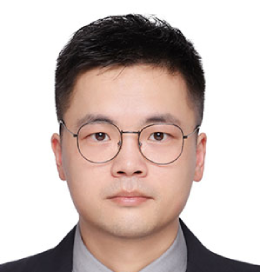
I am a physician-scientist at Shanghai Ninth People’s Hospital (affiliated with Shanghai Jiao Tong University School of Medicine), where I completed my MD-PhD training. Specializing in plastic and reconstructive surgery, my research focuses on pathological scar mechanisms and therapeutic innovations. My work integrates clinical practice with laboratory investigations into immune-dysregulation in skin fibrosis.
With 10+ peer-reviewed publications in dermatology/surgery journals, including a breakthrough study (IF=11) in keloid progression, my research has been recognized through competitive grants from the National Natural Science Foundation of China and provincial funding programs. Current projects explore molecular biomarkers for personalized scar management and multimodal treatment optimization.
Serving as principal investigator for clinical trials evaluating novel combination therapies, I aim to translate scientific discoveries into improved outcomes for patients with hypertrophic scarring. My practice emphasizes evidence-based integration of emerging biotechnologies with established surgical techniques to address complex wound healing challenges.
Abstract submitted for the 5th International Keloid Symposium
Keloids are benign fibroproliferative disorders characterized by excessive collagen deposition and inflammation that extend beyond the original wound boundaries. In this study, we investigate the role of interleukin-33 (IL-33) in the pathogenesis of keloids, highlighting its expression in keratinocytes and its interactions with infiltrating lymphocytes. Our results demonstrate that IL-33 levels are significantly elevated in the epidermis of keloid tissues, where it functions as an alarmin, promoting a chronic inflammatory response. We further reveal a feedback loop between IL-33 and interferon-gamma (IFN-γ), whereby IL-33 induces IFN-γ production in lymphocytes, which in turn stimulates keratinocytes to produce more IL-33. This loop contributes to impaired keratinocyte differentiation and skin barrier dysfunction, exacerbating the inflammatory environment. By elucidating the role of the IL-33/ST2 axis in keloid formation, this research provides valuable insights into potential therapeutic targets for managing this challenging condition.










